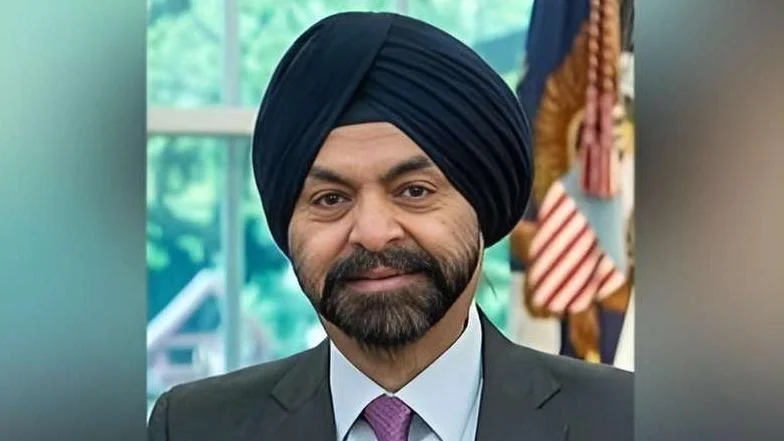Habiba Omar Addow, a shop owner in Mogadishu's Boondheere District, expressed her relief at the impact of a rehabilitated water catchment pond on her community. "Since the pond’s rehabilitation, even heavy rains barely disrupt our businesses and home life," she stated. Previously, floods severely affected local commerce and mobility.
Boondheere has long suffered from seasonal flooding that damaged property and claimed lives. The Boondheere pond, originally built in the 1980s as a flood control system, fell into disrepair during Somalia's civil war. It has now been redesigned as a water retention basin.
The rehabilitation was carried out by the World Bank-funded Somalia Urban Resilience Project – Phase II (SURP II), with support from the Multi-Partner Fund. Known locally as Nagaad, this project aims to strengthen local government capacity and enhance climate resilience.
As Mogadishu continues to expand, the Benadir Regional Administration views the Boondheere pond as a model for future urban resilience projects. The goal is for each district to move from vulnerability to resilience against seasonal rains.
The pond's rehabilitation benefits approximately 24,000 people in Boondheere, including women and internally displaced persons (IDPs). However, ongoing maintenance is necessary to sustain these improvements.
Abdullahi Hassan Abdi, Boondheere’s District Commissioner, acknowledged the success but noted remaining challenges. "The pond affected the community and flooding caused loss of lives," he said. "This long-standing issue is now resolved, but the generator’s capacity to pump water remains inadequate."
Ali Hussein Hadur, Boondheere Pond Manager, described the rehabilitation as transformative. "Prior to rehabilitating the pond, floods took lives and destroyed homes," he recalled. Now reinforced structures prevent further damage.
Long-time resident Halima Alasow highlighted how rehabilitation restored hope and safety. "We endured many years of pond disasters," she said. "Now for the first time in years, we can sleep when it rains."
Floods also posed health risks by creating breeding grounds for mosquitoes and bacteria. Dr. Yusuf Ali Hussein noted a decrease in waterborne diseases since stagnant water was removed: "Before the rehabilitation... entire families would come in suffering from diarrhea."
The Benadir Regional Administration sees this project as part of its broader strategy for urban sustainability across Mogadishu’s districts. Abdirashid Ibrahim Mohamed emphasized their ambition: “We aspire to replicate similar initiatives across all districts.”
The successful rehabilitation reduced health risks while boosting economic activity in Boondheere. The Somalia Urban Resilience Project – Phase II supports flood risk management with extensive drainage plans across Mogadishu and other cities.
Hussein Mohamed contributed reporting.

